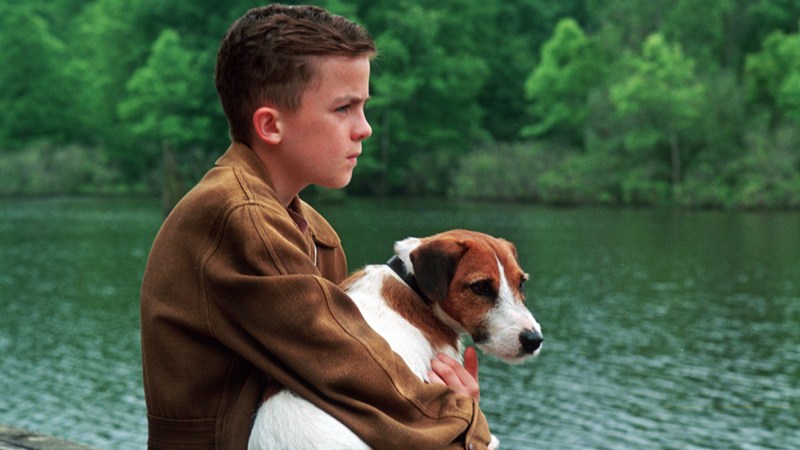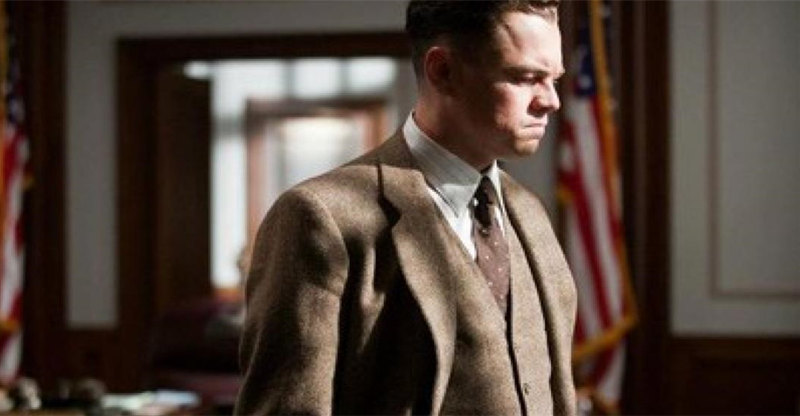“Why does God allow capital punishment?” – Werner Herzog, “Into the Abyss”
Director-screenwriter Werner Herzog certainly knows how to produce realistic emotions from his characters. This becomes apparent when one watches the interview segments in Herzog’s 2011 documentary ”Into the Abyss.” These segments are emotional, and the characters are honest in discussing their inner feelings. The interview structure, which of course shows Herzog’s mastery of the documentary format, is a set of well-articulated questions touching on several aspects of the story, but, above all, it’s the sensitive and respectful manner with which Herzog asks the questions that enables him to get to the bottom of the characters. Given another filmmaker, “Into the Abyss” could have turned into an investigative journey, but in the deft hands of Herzog, who has created about twenty-five documentaries in his forty-four year filmmaking career, “Into the Abyss” develops into a memorable, heartbreaking film, dealing with the controversial issue of the death penalty.
Herzog’s story revolves around a ghastly triple homicide case in Texas in 2001. At the center of the story are two criminals, Michael James Perry and Jason Burkett, who came up with a plan to steal a red Camaro from the parents of a common friend. Herzog spends the first half of the film explaining the nature of the crime and how Perry and Burkett committed it. We learn that Perry is on death row for murdering Sandra Stotler, while Purkett received a life sentence for murdering Adam Stotler and Jeremy Richardson. The documentary is not about proving the perpetrators innocent, but it is more about why this crime was committed to begin with. Through the interviews, we learn to understand the nature of the jobs performed by people directly involved with the criminals on death row.
First, we meet the Reverend Richard Lopez, who explains that his role is to ease the process of death. Of course, being a religious man, Lopez provides some sort of healing for criminals on death row by telling them that God forgives everyone in the end for their sins. But while he is describing his role, Lopez’s voice becomes heavy, and we realize at that point the entire process of taking the criminals to the gurney and watching them die is painful. There is a metaphor when Lopez talks about a real-life incident of seeing two squirrels crossing a road. If he hadn’t been careful, then he would have killed the two squirrels, which leads to the point Lopez is trying to make that everyone is responsible for their actions.
Herzog doesn’t present his case against the death penalty in the opening montage. It is after spending some time at the crime scene that Herzog takes us to the prison where Jason Purkett and his father, Dilbert Burkett, are locked up. To fully grasp why Jason committed the crime, Herzog interviews Dilbert, so that he can understand the nature of his relationship to Jason. As it turns out, Dilbert, due to his alcohol and drug addiction, has been charged on several occasions in the past. This is his fifth time in jail, where he is serving a forty-year sentence; previously, he served two, five, and twenty-year sentences. As a father, Dilbert was never available for Jason, and it is obvious that Jason never had strong family ties with anybody to seek advice. So what happens to Jason? He goes astray in life and commits a heinous crime. Dilbert gets a chance to testify for Jason, and Dilbert, as he describes it, literally pleads to the jury not to give the death penalty to his son. Even though Dilbert was absent from Jason’s life, he somehow manages to save his son’s life in the end. Still, it is agonizing to see father and son locked up in the same jail. Of course, for Perry, who lived his life as an orphaned and homeless person, there was no family member to defend him.
Herzog also interviews the former captain of the Death House team, Fred Allen, whose job was to take criminals to the gurney, strap them down, and administer a lethal dosage until they die. Hearing Allen’s voice gives us the sense that over the years, lawfully killing people has been emotionally stressful for him. He is sad, broken, and clearly in need of help, in spite of his quitting his job some fourteen years earlier. Allen quit his job after his team was handling the execution of Karla Faye Tucker, who was the first woman to be executed in Texas since 1863. At the time of Tucker’s execution, as Allen recalls, he was shaking vigorously, as if he was in a state of shock. He further recalls that there was a time when his team was performing two executions in a week. Obviously, killing criminals with this frequency took a toll on Allen’s personality.
Of all the states, Herzog rightly picks Texas as the focal point for the death penalty. State-wise, Texas leads the pack in the number of executions in the country; there were 481 executions before 1976, and 755 executions after 1976, with a current death row population standing at 317. There is a total of thirty-four states, including all the southern states, exercising the death penalty. For this film, Perry’s case in an interesting one because Perry was only nineteen-years old when he murdered Sandra Stotler. In Texas, however, the minimum age for all accused persons that are charged as adults is 17. So Perry could not have been tried as a juvenile, but still the case asks a simple question: Can society forgive certain types of perpetrators based on their age? Herzog approaches this issue by questioning the practice of the death penalty and relating the death penalty to the wrath of God as in the Old Testament. There is a point when the victims’ family seem to agree that the death penalty is harsh and a life sentence is the better option. In addition, the executioners are traumatized by the whole experience of carrying out the death penalty, and it profoundly impacts their personal lives, too.
Herzog’s “Into the Abyss” is a moving film because Herzog is able to make the characters an essential part of the entire story. He touches their core and gives them the opportunity to patiently express their opinions and feelings. He gets up close and personal with the victims’ family as well as with the criminals, asking pertinent questions that would make them reflect on their actions, reasoning, and personality. Moreover, Herzog successfully projects the social and economic reasons for Perry and Burkett to go on a killing spree. Indeed, “Into the Abyss” is a significant argument against capitol punishment.
Video:
MPI presents “Into the Abyss” using an AVC codec and an aspect ratio of 1.78:1, utilizing an AVC codec. The film was shot digitally, so the 1080p looks quite strong. The close-ups are solid, with consistent detail and warm skin tones. In the long takes, the detail and sharpness stay even throughout. The format, however, switches to a 4×3 format during the initial crime scenes. Overall, this is a good-looking transfer for a documentary film.
Audio:
MPI has included two tracks: a 5.1 DTS-HD Master Audio track and a LPCM stereo track. The 5.1 DTS-HD Master Audio track performs well. The film is mostly dialogue driven, and the front channels remain active throughout. The dialogue remains consistently audible and clear.
Extras:
We only get the movie’s theatrical trailer included for this release.
Parting Thoughts:
“Into the Abyss” is a thought-provoking documentary by the veteran filmmaker Werner Herzog. It’s probably one of Herzog’s most personal movies in a growing list of films in his filmography. The movie makes its case well, although not vocally, implying it through realistic emotions, memorable characters, and candid discussions. Herzog weighs in on both sides of the problem, the victims’ family and the criminals involved, to show the pain and suffering involved. This movie comes highly recommended.


